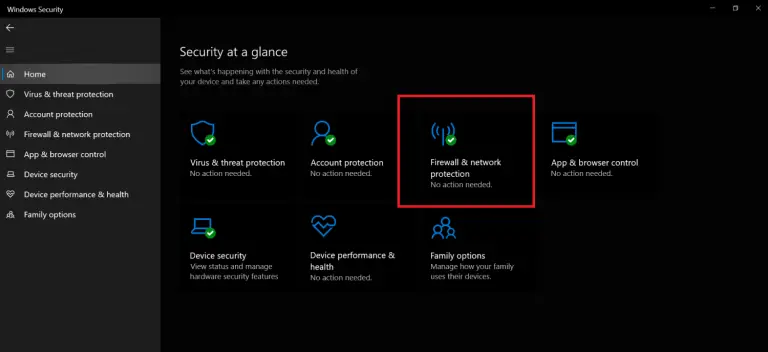

Threat intelligence feeds play a small, rudimentary role in a security strategy. Related: UL Launches SafeCyber Digital Security Platform to Help Secure IoT Devices Act Before the Threat Arrives Vendors have mimicked this innovation and, as a result, threat intelligence delivers little value here having been superseded by behavior-based systems with their sensors in the customer’s network. While Cylance identified malware by its behavior, other antivirus companies were still hunting based on wanted posters.
#CYLANCE ANTIVIRUS BLOCKING ADOBE SOFTWARE#
These signature files, from the vendor, sent the installed antivirus software an updated list of bad files.Ĭylance first broke this model with its heuristic-based, list-free approach to identifying viruses. For years, Symantec and McAfee antivirus managers ensured workstations were connected to the network to receive their signature updates. The situation is identical to the transition from antivirus to endpoint detection and response (EDR). How late? AIS indicators for a given threat arrive long after the threat has been detailed in the Wall Street Journal and actively eradicated by commercial entities. Their AIS feeds arrive late and contain insufficient detail to provide reference value. government’s attempt to deliver threat intelligence to the private sector is notoriously ineffective. With just one errant identification, partner connections are mistakenly severed. In practice, however, there have been incidents where threat intelligence decides Microsoft’s IP addresses, for example, are malicious and cuts off access to email. But attackers evolve and innovate so rapidly that threat intelligence fails to deliver actionable value.Īs a practitioner, CISOs are advised to connect threat intelligence to firewalls to ensure the network security system actively and quickly blocks TI-identified attackers. File hashes, identifying the exact size and composition of a known-bad file, were included. Teams of security researchers matured and improved this data, curating and refining the feeds these threat intelligence companies offered. Their value was built on widespread collectors, distributed around various internet access points, to collect data that was more valid and more reliably up to date than the static lists delivered. Threat intelligence companies sought to solve this emerging problem. Related: Axis Issues Response to Cyber Attack on Internal Directory Services At that point, simply blocking “bad” IP addresses caused more problems than it solved. As the use of the internet expanded, IP addresses shifted among providers, masked, and attackers began using “good-guy” computers to launch their attacks. You put these into a firewall with an “always block these” rule.

When the cybersecurity industry was younger, threat intelligence comprised lists of “bad” IP addresses. Although most contain encyclopedic reference material on types of attacks and attackers, this information is only useful after an organization has been attacked and needing to evaluate the extent of the damage. However, none provide more than basic, rudimentary value to an enterprise in this capacity. Government Automated Indicator Sharing (AIS) feeds, or paid commercial feeds, it is designed to help businesses avoid danger. Whether consuming threat intelligence from open-source feeds, U.S. Essentially, threat intelligence is a police blotter from a city you don’t live in. Similar to a police blotter, threat intelligence can tell you that an incident has occurred, but those incidents may be completely irrelevant to an organization. Threat intelligence is a collection of data containing known-dangerous and suspicious IP addresses, domains, email addresses, file hashes and attacker groups.
#CYLANCE ANTIVIRUS BLOCKING ADOBE INSTALL#
End-user companies know to set up firewalls or install antivirus software, but there are still many that are not taking the next step in adding threat intelligence into their security stack, and that may be for a good reason.


 0 kommentar(er)
0 kommentar(er)
